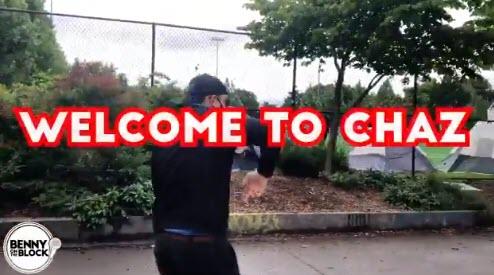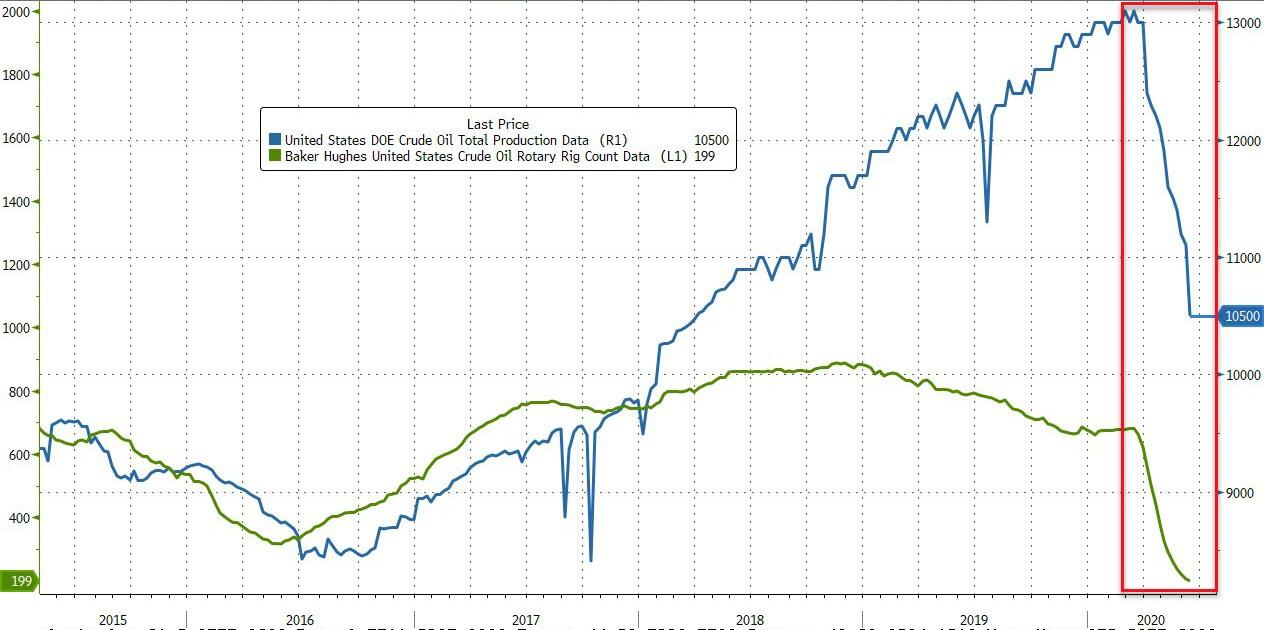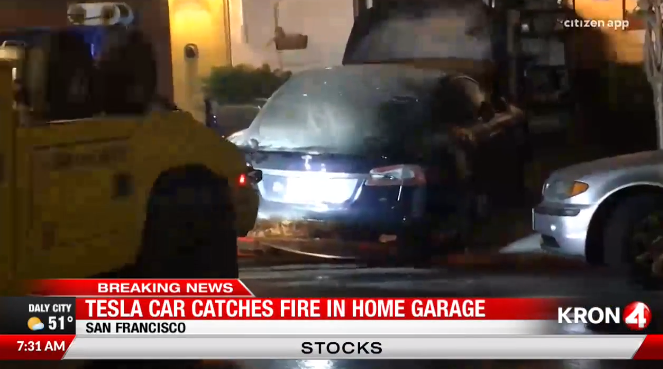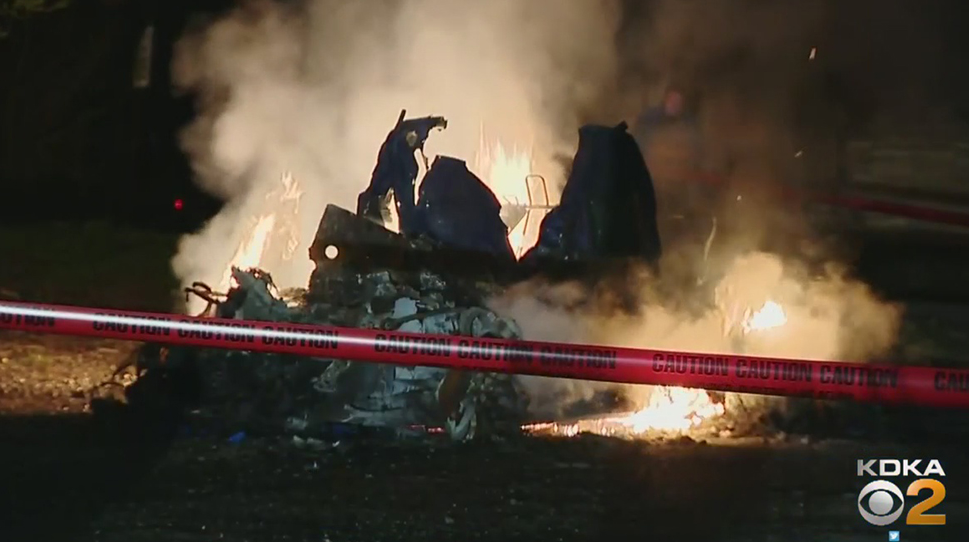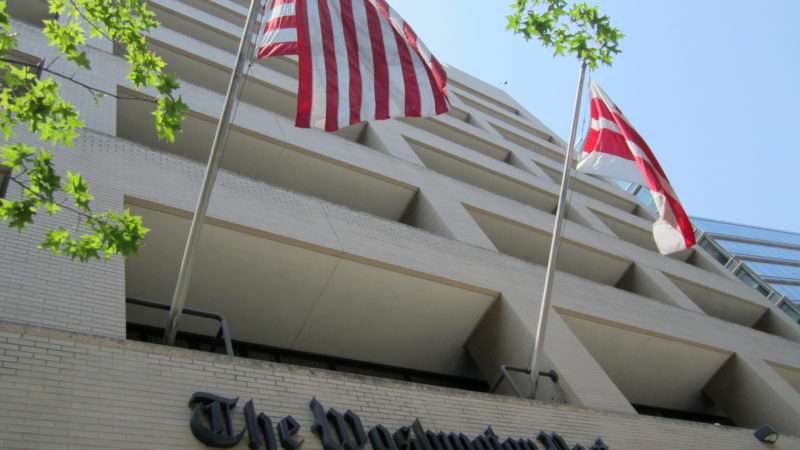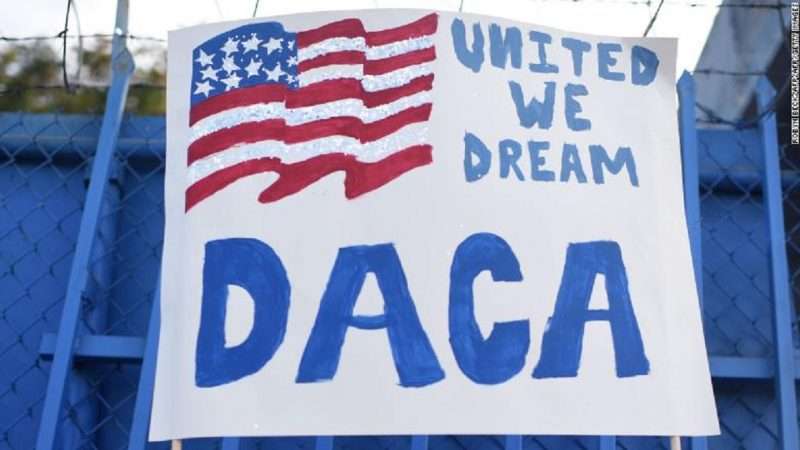
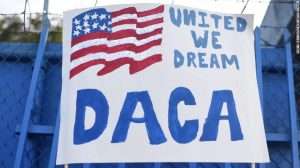
Today’s Supreme Court ruling is a victory for DACA recipients, but a very limited one. The Supreme Court correctly concluded that the Trump administration’s shoddy rationale for rescinding DACA violated the Administrative Procedure Act because it failed to offer any justification for repealing the central element of the DACA program: forbearance on deportation of undocumented immigrants who were brought to the United States as children. But Trump or a future president could still rescind DACA if they are willing to offer such a justification in the future and pay the political price of doing so. For that reason, I strongly agree with co-blogger Jonathan Adler’s view that this is a very narrow decision.
Today’s ruling does not definitively end either the legal or the political battle over DACA. Ultimately, only Congress can do that, by finally passing a law definitively protecting “Dreamers” from deportation and giving them permanent resident status in the United States. Until then, they will not be fully safe.
The Court’s decision addresses the legality of the Trump administration’s decision to rescind DACA, an Obama administration policy suspending deportation of some 800,000 undocumented immigrants who came to the United States as children. DACA allows such migrants (often referred to as “Dreamers,” after the Dream Act, which failed to pass Congress) to stay in the U.S. as long as they arrived in the country when they were 15 years old or younger, were 30 or younger when the program began in 2012, have not been convicted of any crimes as of the time they apply for the program, and have either graduated from a U.S. high school, are currently enrolled in school, or have served in the armed forces. In addition to suspending deportation, the program also allows DACA recipients to obtain authorization for work in the US and accrue “lawful presence.”
The majority opinion by Chief Justice John Roberts concludes that the administration’s rescission of DACA was illegal, because it violated the Administrative Procedure Act’s requirement that federal agency decisions may not be “arbitrary and capricious.” As Roberts recognizes, this is a very permissive standard. But, in this case, the Department of Homeland Security fell short of it because its rationale for ending DACA relied on the notion that the program’s work authorization and law presence provisions are illegal, while failing to offer any justification for abolishing its central feature—”forbearance” from deportation:
In short, the Attorney General [in his opinion on the legality of DACA] neither addressed the forbearance policy at the heart of DACA nor compelled DHS to abandon that policy. Thus, removing benefits eligibility while continuing forbearance remained squarely within the discretion of Acting Secretary Duke, who was responsible for “[e]stablishing national immigration enforcement policies and priorities.” 116 Stat. 2178, 6 U. S. C. §202(5). But Duke’s memo offers no reason for terminating forbearance. She instead treated the Attorney General’s conclusion regarding the illegality of benefits as sufficient to rescind both benefits and forbearance, without explanation….
Even if it is illegal for DHS to extend work authorization and other benefits to DACA recipients, that conclusion supported only “disallow[ing]” benefits…. It did “not cast doubt” on the legality of forbearance or upon DHS’s original reasons for extending forbearance to childhood arrivals….Thus, given DHS’s earlier judgment that forbearance is “especially justified” for “productive young people” who were brought here as children and “know only this country as home,” App. to Pet. for Cert. 98a–99a, the DACA Memorandum could not be rescinded in full “without any consideration whatsoever” of a forbearance-only policy,
If anything qualifies as “arbitrary and capricious,” it is failure to provide a rationale for repealing the policy “at the heart” of the program the administration wanted to rescind.
The Department of Homeland Security did offer some policy rationales for rescinding forbearance on deportation in a memorandum issued many months after its initial decision to rescind. However, the Court concludes that the APA requires the agency to put forward its reasons at the time a policy change is made. Thus, the arguments in the later DHS memorandum “can be viewed only as impermissible post hoc rationalizations and thus are not properly before us.”
The requirement of a contemporaneous explanation may seem like arbitrary formalism. But the Court points out some good reasons for it:
Requiring a new decision before considering new reasons promotes “agency accountability,” Bowen v. American Hospital Assn., 476 U. S. 610, 643 (1986), by ensuring that parties and the public can respond fully and in a timely manner to an agency’s exercise of authority. Considering only contemporaneous explanations for agency action also instills confidence that the reasons given are not simply “convenient litigating position[s].” Christopher v. Smith Kline Beecham Corp., 567 U. S. 142, 155 (2012)…. Permitting agencies to invoke belated justifications, on the other hand, can upset “the orderly functioning of the process of review,” SEC v. Chenery Corp., 318 U. S. 80, 94 (1943), forcing both litigants and courts to chase a moving target. Each of these values would be markedly undermined were we to allow DHS to rely on reasons offered nine months after [Acting Secretary] Duke announced the rescission and after three different courts had identified flaws in the original explanation.
The majority opinion also concludes that the administration failed to properly consider the “reliance interests” of DACA recipients, in making its rescission decision.
In the lead dissent, Justice Clarence Thomas, joined by Alito and Gorsuch, argues that DACA was illegal, and that provides sufficient justification for rescission. But even he does not deny that the forbearance element of DACA was legal. That makes it impossible to justify repealing it merely on the basis that other parts of DACA were not.
In a solo dissent, Justice Brett Kavanaugh contended that the Court should have accepted the later DHS memorandum, because “post hoc” rationales are only forbidden when offered by lawyers in litigation, not when developed by the administration. The majority has what I think is a good response to that argument:
JUSTICE KAVANAUGH asserts that this “foundational principle of administrative law,” Michigan, 576 U. S., at 758, actually limits only what lawyers may argue, not what agencies may do…. While it is true that the Court has often rejected justifications belatedly advanced by advocates, we refer to this as a prohibition on post hoc rationalizations, not advocate rationalizations, because the problem is the timing, not the speaker. The functional reasons for requiring contemporaneous explanations apply with equal force regardless whether post hoc justifications are raised in court by those appearing on behalf of the agency or by agency officials themselves.
The Court’s decision strikes me as correct, in so far as it goes. But it is a very narrow ruling. It does not prevent Trump or a future president from rescinding DACA in the future. Indeed, as a legal matter, doing so would be relatively easy. All Trump would have to do is have DHS issue a new rescission memorandum that explicitly cites some policy rationale for abolishing forbearance on deportation. Alternatively, it could potentially abolish employment authorization and “lawful presence,” while leaving forbearance alone.
In my view, deporting the DACA recipients would be both deeply unjust and harmful to our economy and society. But satisfying the APA’s “arbitrary and capricious” standard does not require a good or even reasonable justification. It just has to meet very minimal standards of plausibility. Competent DHS staff could almost certainly come up with something that qualifies.
The main constraint on the administration’s options here is political, not legal. DACA is a very popular program, and even a president as hostile to immigration as Trump might not want to abolish it in a way that requires the administration to explicitly say they want to deport the Dreamers, as opposed to hiding behind technical legal arguments. Perhaps the administration is unwilling to pay that political price, especially in an election year.
Political considerations aside, the narrowness of the ruling and the ease with which the administration could potentially get around it should allay concerns that the decision will make it difficult for future presidents to reverse predecessor’s executive actions. They can still do so as long as they meet fairly minimal procedural standards.
The Supreme Court majority opinion also does not resolve the issue of whether the employment authorization and lawful presence elements of DACA are legal or not. These questions may well continue to be litigated in the lower courts. I have previously argued that the employment authorization provision is clearly legal, while the “lawful presence” provision is more questionable, but can easily—if necessary- be severed from the rest of DACA. But these issues remain unsettled, and could even potentially return to the Supreme Court, should DACA remain in force under Trump—or should a future administration reinstate DACA after Trump rescinds it again.
Finally, an 8-1 majority of the justices (with only Sonia Sotomayor dissenting) rejected the plaintiffs’ argument that DACA rescission was unconstitutional because it was motivated by discriminatory animus against Hispanic immigrants, and therefore violated the Equal Protection Clause of the Fourteenth Amendment.
I think Justice Sotomayor makes some good points in her solo dissent on this issue. She is correct to argue that, under Supreme Court precedent, Trump’s bigoted statements against Latino immigrants during the 2016 election provide evidence of discriminatory motive that shifts the burden of proof to the government—requiring them to show they would have enacted the same policy even aside from the illegal motivation. But, here, I don’t think it would be difficult to prove that.
The belief that DACA is illegal is a longstanding and widely held view among conservative Republicans. It is not something that arose merely as a justification for acting on bigoted statements Trump made during the 2016 campaign. I think that view is wrong. But that doesn’t make it a mere pretext for bigotry. Had a more conventional Republican won the 2016 election—even one who is himself Hispanic, such as Ted Cruz or Marco Rubio—there is a good chance they would have tried to rescind DACA, as well.
This history makes DACA repeal different from the 2018 travel ban case, where the policy at issue clearly grew out of Trump’s notorious campaign promise to enact a “Muslim ban,” the official justification for it was transparently bogus, and it is highly unlikely that anything like it would have been enacted in the absence of Trump’s unconstitutional motive. The Court was disastrously wrong about the discrimination issue in the travel ban case. But it is on much sounder ground here.
I am not entirely sure even Justice Sotomayor would actually conclude that DACA repeal is unconstitutional based on discriminatory motivation. Her opinion merely concludes that the issue should have been remanded for further consideration by the trial court, at which point the administration could potentially have addressed the issue by making the sort of argument I described above.
In sum, today’s ruling is an importan, but very limited victory for DACA and the Dreamers. The latter have reason to celebrate. But their safety still remains in doubt. Trump or a future president could still potentially rescind DACA, and today’s decision creates little in the way of legal obstacles to doing so. Only congressional action can truly free the Dreamers from the spectre of deportation.
from Latest – Reason.com https://ift.tt/3efblat
via IFTTT
